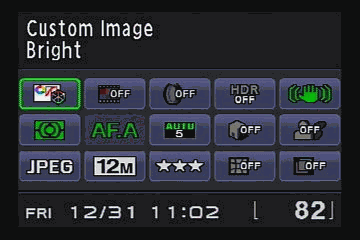 Originally posted by Imageman
Originally posted by Imageman 
Hi Dewman,
I would urge you to post process, it needn't take long just a few moments and in my opinion, digital cameras cannot produce stunning images without it. I don't care whay people say about "getting it right in camera" theres no such thing and never has been.
As for my credentials.
I agree with you as far as "getting it right in camera," with a caveat. I ALWAYS try to get the composition right "in camera" as opposed to severe cropping in PP. I think my results speak for themselves. Same with the lighting and selective focus. I can control a lot of the contrast by using the correct lighting or waiting for the right time of day for the shot. I have the contrast and saturation bumped up a little "in camera," and add or subtract whatever it takes to satisfy me in PP. Being able to make all these adjustments after the fact is such a wonderful advantage over the old film and darkroom days. I wouldn't go back for a million bucks!
Dewman
SW Idaho
---------- Post added 08-04-14 at 03:02 AM ----------  Originally posted by Sandy Hancock
Originally posted by Sandy Hancock 
I'm pretty sure most of us realised your abilities were well beyond the point and shoot stage. There's no need to get defensive.
If it hasn't already been pointed out, the K2000/K-m is a five year old entry-level DSLR. Sensor resolution and dynamic range, and the in-camera jpeg engines and options for customisation, have evolved at least three generations since then.
Just like it took a while to get to your level of expertise in film photography, it will take time to get the best out of the digital medium. Have patience (with yourself, and us), and consider giving RAW a chance.
Sandy, perhaps you should go back and read some of the comments I have received. How could one NOT be somewhat defensive? Point and shoot, indeed! I'm on a very fixed income and I simply cannot afford a newer, more sophisticated camera, so I'll just continue to plod along with my out-dated, old-hat, 5th generation, less-than-optimum dynamic range K2000 and whistle a happy tune.
Dewman
SW Idaho


 Similar Threads
Similar Threads 










 Post #23 by northcoastgreg
Post #23 by northcoastgreg








